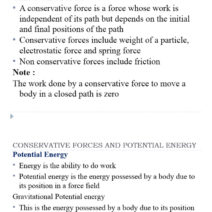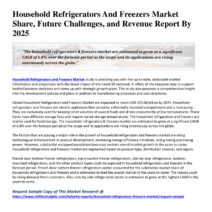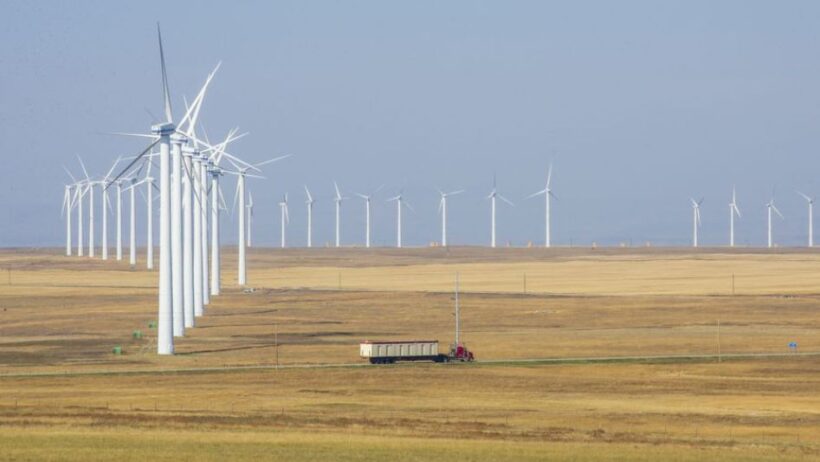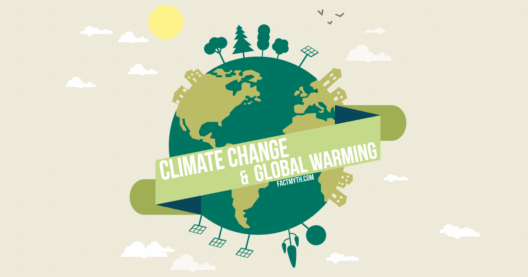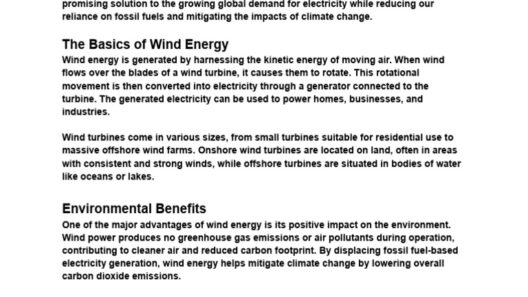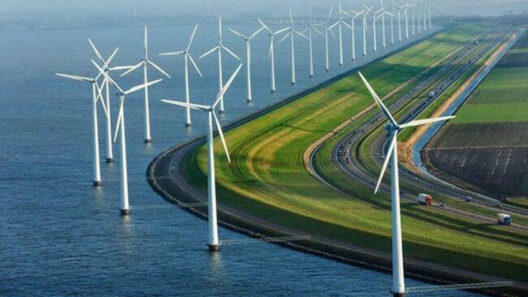Wind energy is rapidly becoming one of the most favorable renewable energy sources across the globe. Its wide-ranging applicability and potential for significant energy production make it an attractive option for many countries. However, not all regions are created equal when it comes to harnessing this natural resource. Understanding where wind energy is most prevalent can help guide investments and policy decisions geared toward sustainable energy solutions.
When considering the suitability of locations for wind energy generation, several factors come into play, including geographic features, climate conditions, and existing infrastructure. The most promising regions are not just economically advantageous; they also feature the ideal environmental conditions that favor the consistent production of wind energy.
As we delve deeper into the “where” of wind energy, let us explore the various global regions recognized for their exceptional wind power potential.
Continental Giants: North America’s Windy Heartlands
North America boasts some of the most robust wind energy sectors in the world, particularly in the United States. The Great Plains, stretching from Texas up to South Dakota and beyond, are often referred to as the “Wind Corridor.” This area is characterized by vast flatlands and minimal obstructions, allowing the wind to flow freely, maximizing energy output. Major states such as Texas, Iowa, and Oklahoma have invested heavily in wind energy infrastructure, yielding benefits not only in clean energy production but also in job creation and rural economic development.
In addition to the Great Plains, other regions like the Pacific Northwest are noteworthy. States such as Washington and Oregon harness wind energy generated from the steadily blowing winds along the coastal ranges. By capitalizing on both onshore and offshore wind farms, these regions offer a diversified energy approach, linking wind generation to the robust hydroelectric power that the region is already known for.
Across the border, Canada is not to be overlooked. Provinces such as Alberta and Saskatchewan receive increasingly favorable attention for their wind energy potential. Through governmental policies aimed at reducing carbon emissions, these regions demonstrate a commitment to transitioning away from fossil fuels.
European Powerhouses: Tapping Into the Atlantic Winds
Europe is at the forefront of wind energy deployment, with some of the highest installed capacities globally. Countries such as Denmark and Germany have led the way in embracing this renewable source, setting ambitious targets for sustainable energy use. Denmark, famed for its vast offshore wind farms, generates around 47% of its electricity from wind. The Øresund Strait, among other coastal regions, is ideally suited for offshore wind installations, capitalizing on the strong and consistent winds from the North Sea.
Germany stands as a testament to wind power integration into national energy strategies. The country’s Energiewende policy has propelled wind energy to the forefront, allowing provinces like Schleswig-Holstein and Lower Saxony to flourish with wind farms dotting their landscapes. Germany’s commitment to renewable energy not only reflects a shift in energy policy but also showcases the country’s ambition to drive innovation in wind technology.
The United Kingdom is another noteworthy player, particularly with its investment in offshore wind. The North Sea is one of the windiest areas in Europe, providing a perfect platform for large-scale offshore wind farms. The UK government has set ambitious targets to become a leader in offshore wind generation, aiming for substantial increases in installed capacity by the end of this decade.
Emerging Markets: Asia’s Growing Wind Energy Landscape
In recent years, Asia has begun to emerge as a major player in the wind energy market, with countries such as China and India leading the charge. China is the world’s largest producer of wind energy, with regions like Inner Mongolia and Xinjiang demonstrating extraordinary wind potential. These areas benefit from vast open spaces, optimal average wind speeds, and robust government support for renewable energy projects.
India, harnessing its coastal and desert regions, is also on a path toward significant growth in wind energy generation. States like Tamil Nadu and Gujarat have made strides in establishing wind farms, converting the country’s abundant wind resources into substantial energy outputs. With favorable policies and an increasing focus on renewable energy, India is poised for a future rich in wind energy.
Meanwhile, nations like Japan and South Korea are investing in offshore wind farms, leveraging advanced technology to tap into the rich wind resources of their coastal areas. This shift emphasizes the global recognition of wind energy’s potential as a clean and sustainable resource.
Innovative Solutions: The Future of Wind Energy Locations
As wind technology advances, so too do the possibilities for harnessing wind energy in unconventional places. Urban areas are beginning to explore small-scale wind turbines, maximizing energy usage in densely populated regions. Innovations in turbine design and efficiency can allow for energy generation even in locations traditionally deemed less suitable.
Furthermore, there is a growing interest in hybrid systems that incorporate wind energy with other renewable resources such as solar power. By diversifying energy sources, regions can maintain a stable energy supply while optimizing the capabilities of their renewable assets.
Conclusion: The Path Forward for Wind Energy
The regions most conducive to wind energy generation are driven by a complex interplay of natural conditions, governmental policy, and technological advancement. From the vast expanses of North America and Europe to the burgeoning markets of Asia, the potential for wind energy continues to grow. Harnessing this potential not only aids in the transition toward a sustainable future but also illustrates a global commitment to renewable energy as a viable solution for the challenges of climate change.
